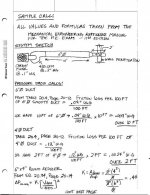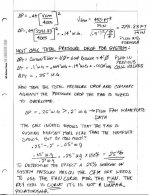nukklehead
Active member
Would like to take my 6 inch filter which has a 6 inch 452cfm vortex and reduce to 4 inches in about a 2-3 ft run to exit the foundation. When reducing this duct how much flow will I lose... ?? Or maybe down to 5 inch....,, i just dont want a 6 inch hole in my brick foundation. It cools/exhausts 4 x 8 room with 1000 hps ( not inline.. but have fans blowing up into hood to disperse the heat and cool bulb)
Ballast outside room. More interested in exhausting odor as temps are pretty stable in basement..
thanks
Ballast outside room. More interested in exhausting odor as temps are pretty stable in basement..
thanks



 Thanks and again does anyone know anything about the stealth air box systems??
Thanks and again does anyone know anything about the stealth air box systems??


